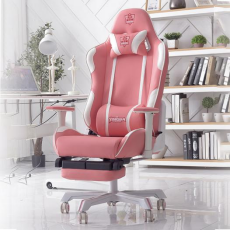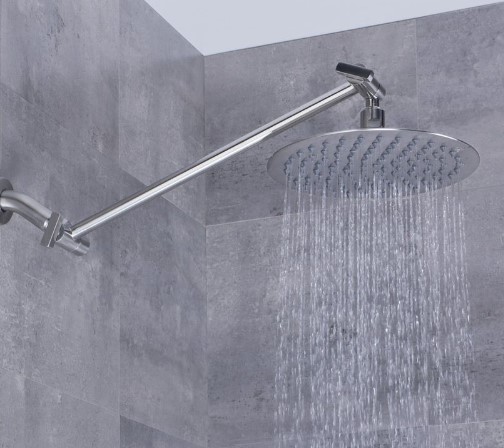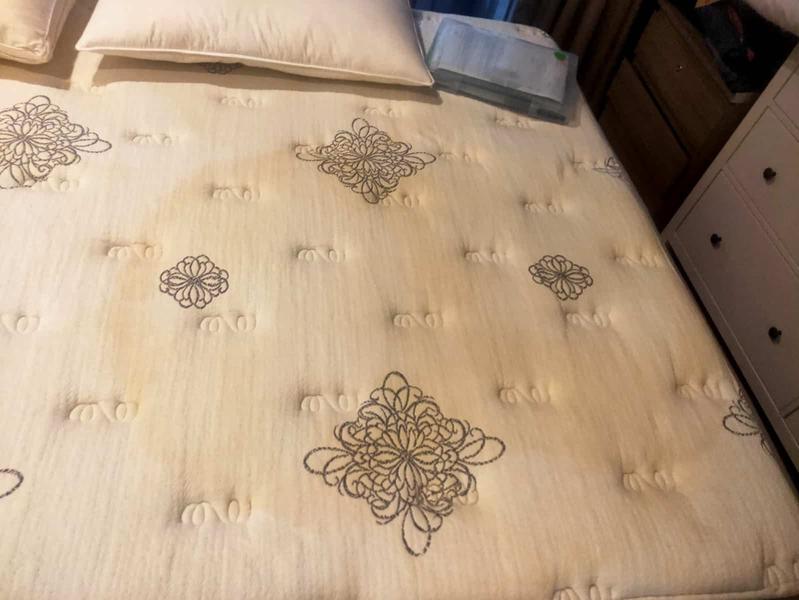if(typeof ez_ad_units!='undefined'){ez_ad_units.push([[336,280],'soffamag_com-box-2','ezslot_0',124,'0','0'])};if(typeof __ez_fad_position!='undefined'){__ez_fad_position('div-gpt-ad-soffamag_com-box-2-0')};Fabric Cleaning Code WS | Your Ultimate Guide!
You’ve invested in beautiful and expensive furniture so you want to make sure that it looks great for years to come.
Without a cleaning and maintenance plan, your upholstered pieces can end up damaged, stained and ready for the scrap heap quicker than you’d ever imagined.
If you want to make keep your furniture in pristine condition, it’s important that you understand the various upholstery cleaning codes. If not cleaned properly, dirt, grime and odors will quickly build up, but worse yet, cleaning your favorite piece with the wrong method can cause irreversible damage!
It’s easy to prevent this all from happening with the right knowledge and tools.
Today we walk you through all the details of the most common fabric cleaning codes you’ll come across – cleaning code WS.
Table of Contents
What are Upholstery Cleaning Codes?
Upholstery cleaning codes (or fabric cleaning codes) are small lettered codes that let you know the appropriate cleaning methods for any given piece of furniture. These cleanability codes were first adopted in 1969 by most manufacturers to provide a standardized method of the safest and most effective way to clean any piece of furniture.
Most new furniture you buy will have the code taped or attached to the back of the piece, or underside cushions- often titled as the “Recommended Cleaning Instructions”.
As stated, it’s extremely important to find your furniture code before cleaning as using the wrong cleaner can cause countless damage including shrinkage, staining, discoloration and even weakening of the material.
| - | Products Mentioned In This Article | A Quick Look | Price |
|---|---|---|---|
| Dyson V11 Torque Drive Cordless Handheld Portable Vacuum | Check Latest Price | ||
| McCulloch MC1275 Heavy-Duty Steam Cleaner | Check Latest Price | ||
| Nutricost Baking Soda | Check Latest Price | ||
| Distilled White Vinegar | Check Latest Price | ||
| HAVENLAB Deionized Water | Check Latest Price | ||
| Dr. Bronners - Pure-Castile Liquid Soap | Check Latest Price | ||
| Tolco High-Quality Spray Bottle - 8 oz. | Check Latest Price | ||
| MR.SIGA Microfiber Cleaning Cloths | Check Latest Price | ||
| AlbaChem® PSR II Powdered Dry Cleaning Fluid | Check Latest Price |
What Is Cleaning Code WS?
Often written as ‘WS’, ‘W-S’ or ‘SW’, this particular code stands for Wet Cleaning And Solvent Cleaning.
Wet cleaning and solvent cleaning (WS) fabrics are fabrics that have been specially treated to withstand the mechanical action of water or solvents – giving you many more cleaning options than most other codes.
Wet cleaning, as you can probably gather, is the process of cleaning fabric with water and water-based cleaners. Using simple DIY agents you most likely have at home such as mild detergent, vinegar, baking soda and warm water – you can quickly and easily remove most dirt and debris with a little gentle agitation.
Solvent cleaning (also known as dry solvent cleaning) uses chemical solvents to dissolve and lift stains, odors and grime that water cannot (i.e. oils, grease etc.)
The beauty of the WS code is that you can start out with a simple water-based clean, and if you still don’t get the results you’re after, you can finish with a more heavy-duty solvent clean!
How To Clean SW / WS Code Furniture – Step By Step:
1 Hour
Step 1
Pretty obvious, but make sure your furniture has the WS code! If you can’t find it listed anywhere, call the manufacturer before cleaning – some pieces (i.e. Code ‘X’) can’t even handle water so it’s crucial to know your code.
Step 2
Remove any loose dirt, dust and debris by vacuuming or light brushing. Make sure you use a soft brush or specialised vacuum upholstery attachment to prevent damage and get the best results. Frequent vacuuming and brushing means you won’t have to do a deep clean all that often.
Step 3
It’s time to start your wet clean. Using water-based cleaning agents (such as a water-based shampoo or the DIY agents talked about earlier) you will first want to ‘spot clean’ on an inconspicuous area as a pre-test just to make sure the material has no adverse reaction to the cleaner.
Once you are happy, you can apply the cleaner to the stained and soiled areas, typically using a clean white cloth and gently agitating in a circular motion. You can also try steam cleaning with upholstery shampoo at this stage for a deeper water-based clean.
Step 4
If there are still soiled areas after the wet clean, or you are dealing with oil and grease stains, it is time to apply a mild dry cleaning solvent. Dry clean solvents suitable for upholstered furniture can be found in most cleaning stores and often have specific manufacturers’ instructions on how to use them properly.
Again, spot cleaning when using a mild solvent is highly recommended and only use them in a well-ventilated room. Make sure you don’t buy any products that contain toxic chemicals such as Carbon Tetrachloride.
Step 5
Here at Soffa Mag, we always say prevention is better than cure! Once you’re happy with your clean, your final ambition should be to clean less often. Either through using a conditioning and protecting agent, or finding yourself a classy cover – you will significantly reduce the frequency of your overall cleaning routine.
Mary Ellunberg gives a great quick breakdown of some of these details in the video below:
Conclusion:
The WS code is a particular fabric that allows you to use both a water-based cleaning agent and a dry cleaning product – giving you many different ways to attack it and making it one of the easiest fabrics to clean.
Remember – always spot clean, start with water and then move to solvent-based cleaning products if your furniture is still in a soiled condition. If you’re ever in doubt there are countless professional cleaning services available that will happily get it back to mint condition – but the WS is probably the most user-friendly clean you’ll find.
We hope this guide has helped, let us know in the comments below!
| - | Products Mentioned In This Article | A Quick Look | Price |
|---|---|---|---|
| Dyson V11 Torque Drive Cordless Handheld Portable Vacuum | Check Latest Price | ||
| McCulloch MC1275 Heavy-Duty Steam Cleaner | Check Latest Price | ||
| Nutricost Baking Soda | Check Latest Price | ||
| Distilled White Vinegar | Check Latest Price | ||
| HAVENLAB Deionized Water | Check Latest Price | ||
| Dr. Bronners - Pure-Castile Liquid Soap | Check Latest Price | ||
| Tolco High-Quality Spray Bottle - 8 oz. | Check Latest Price | ||
| MR.SIGA Microfiber Cleaning Cloths | Check Latest Price | ||
| AlbaChem® PSR II Powdered Dry Cleaning Fluid | Check Latest Price |
Similar Articles:
Copyright © 2023 furnitureknowledges.com. All rights reserved.







